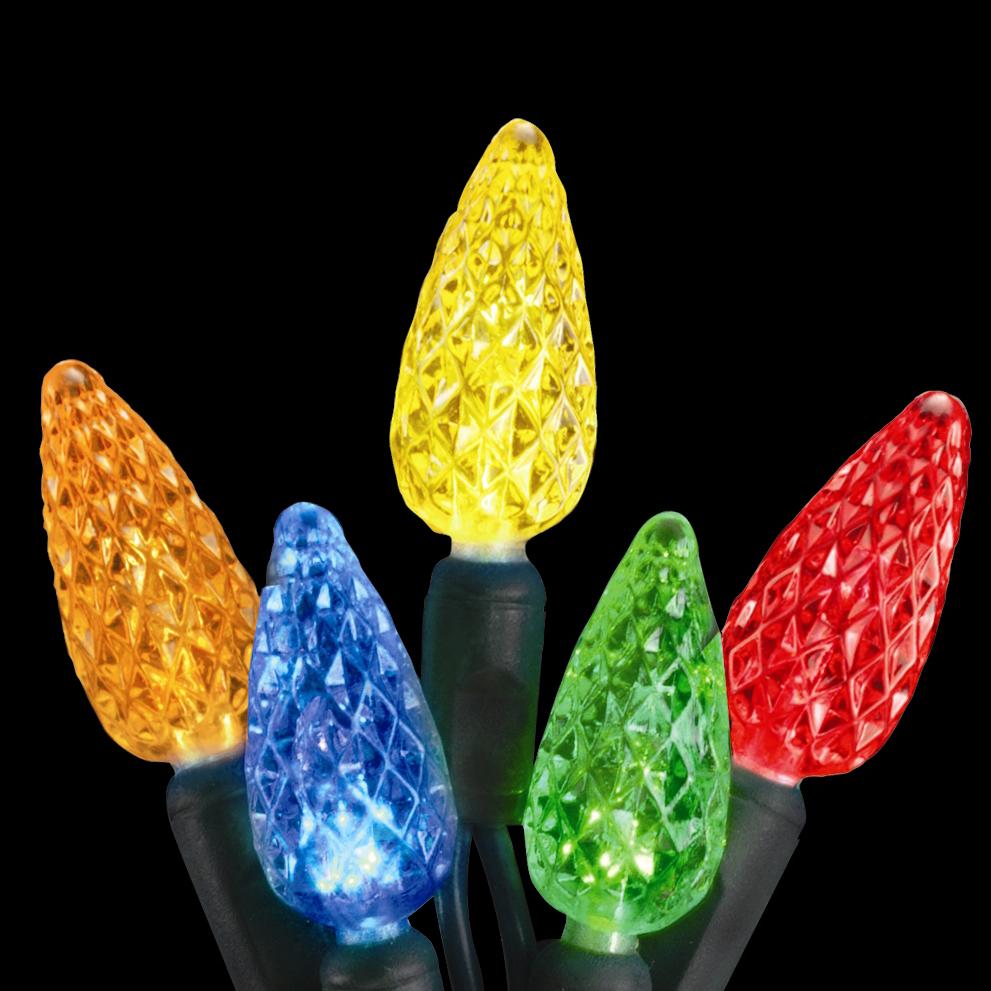Why Are My LED Lights Not Changing Colors?
LED lights have become increasingly popular due to their energy efficiency, longevity, and versatility. One of the most appealing features of LED lights is their ability to change colors, creating dynamic and customizable lighting effects. However, it can be frustrating when your LED lights refuse to change colors as desired. In this blog post, we will explore some common reasons why LED lights may not be changing colors and provide useful solutions to help you troubleshoot the issue.
Incorrect Wiring Connections
One of the primary reasons why LED lights may not change colors is incorrect wiring connections. LED lights typically consist of three or four wires, including positive (+), negative (-), and color-changing control wires. It is crucial to ensure that these wires are connected properly to the power source and controller. Check the connections to ensure that the positive and negative wires are connected correctly while the control wires are securely attached to the designated controller ports.
Incompatible or Faulty Controller
The controller plays a vital role in changing the colors of your LED lights. If the controller is incompatible with your LED lights or malfunctioning, it can prevent the color-changing functionality. Ensure that the controller is designed to work with your specific LED lights and that it is functioning correctly. If necessary, consult the manufacturer’s instructions or reach out to their customer support for assistance.
Insufficient Power Supply
Insufficient power supply can hinder the ability of LED lights to change colors effectively. LED lights require a stable and adequate power source to operate correctly. If the power supply is inadequate or fluctuating, it can impact the performance of the lights, including the color-changing feature. Check if the power supply meets the required specifications for your LED lights, and consider upgrading to a higher-capacity power source if needed.
Incorrect Control Settings
Sometimes, the reason behind LED lights not changing colors is simply incorrect control settings. LED lights often come with various control options, such as remote controls, smartphone apps, or physical control panels. Ensure that you have selected the appropriate control mode and have adjusted the settings correctly to activate the color-changing feature. Refer to the user manual or contact the manufacturer for guidance on the specific control settings for your LED lights.
Defective LED Lights
While relatively rare, it is possible that the LED lights themselves are defective, leading to the color-changing issue. Manufacturing defects or component failures can cause the lights to malfunction. If you have exhausted all other troubleshooting options and your LED lights still refuse to change colors, consider contacting the manufacturer or the retailer from whom you purchased the lights. They should be able to assist you with warranty claims or provide replacements if necessary.
Environmental Interference
Another factor that can affect the color-changing capability of LED lights is environmental interference. Certain external factors, such as radio frequency interference (RFI) or electromagnetic interference (EMI) can disrupt the signal between the controller and the LED lights, causing issues with color changes. To minimize interference, keep the LED lights away from other electronic devices that emit strong signals. Additionally, ensure that the LED lights are installed in an area with a stable and clean power supply to reduce the chances of interference.
Firmware or Software Updates
In some cases, the inability of LED lights to change colors may be due to outdated firmware or software. Like any technological device, LED lights may require periodic updates to improve performance and fix bugs. Check the manufacturer’s website or contact their customer support to see if there are any available firmware or software updates for your LED lights. By keeping the lights’ firmware or software up to date, you can ensure optimal functionality, including the color-changing feature.
The Complexity of Color-Changing Patterns
LED lights often come with a variety of color-changing patterns and modes, such as strobing, fading, or pulsating. If you’re attempting to change colors using complex patterns and experiencing difficulties, it is possible that the patterns are not configured correctly, or there are limitations to the available options. Refer to the user manual or online resources to understand the different color-changing modes and how to activate and customize them. Experimenting with simpler patterns can also help troubleshoot the issue.
How do I reset my LED lights?
You can mainly reset LED lights by following the manufacturer’s instructions, as every model will be slightly different. The main way is either with a switch on the LED control panel or by unplugging/plugging back in. You can read more about resetting LED lights here.
Is it time for new lights?
LED lights not changing colors can be a frustrating issue, but by understanding the potential causes and implementing the appropriate solutions, you can restore the color-changing functionality and enjoy the full benefits of your LED lighting system. Ensure correct wiring connections, compatible controllers, and sufficient power supply. Double-check control settings, watch out for defective lights, and minimize environmental interference. Keep firmware and software updated, and consult professionals if needed. By troubleshooting effectively, you can create captivating lighting displays and make the most of your LED lights’ versatility and allure.

